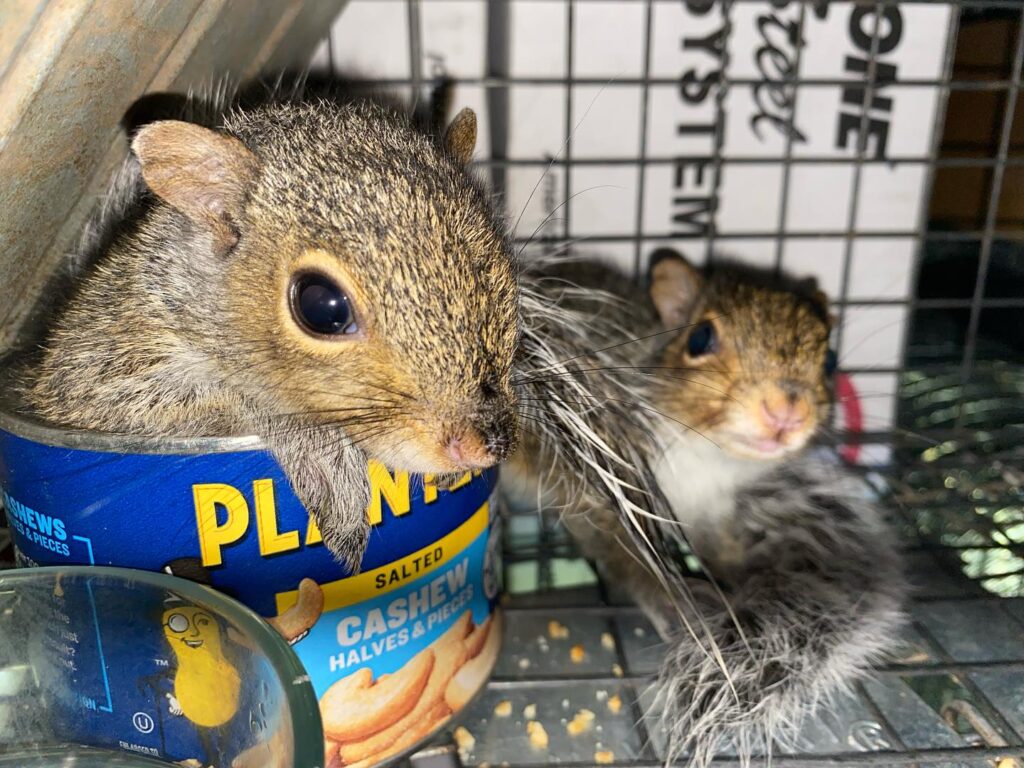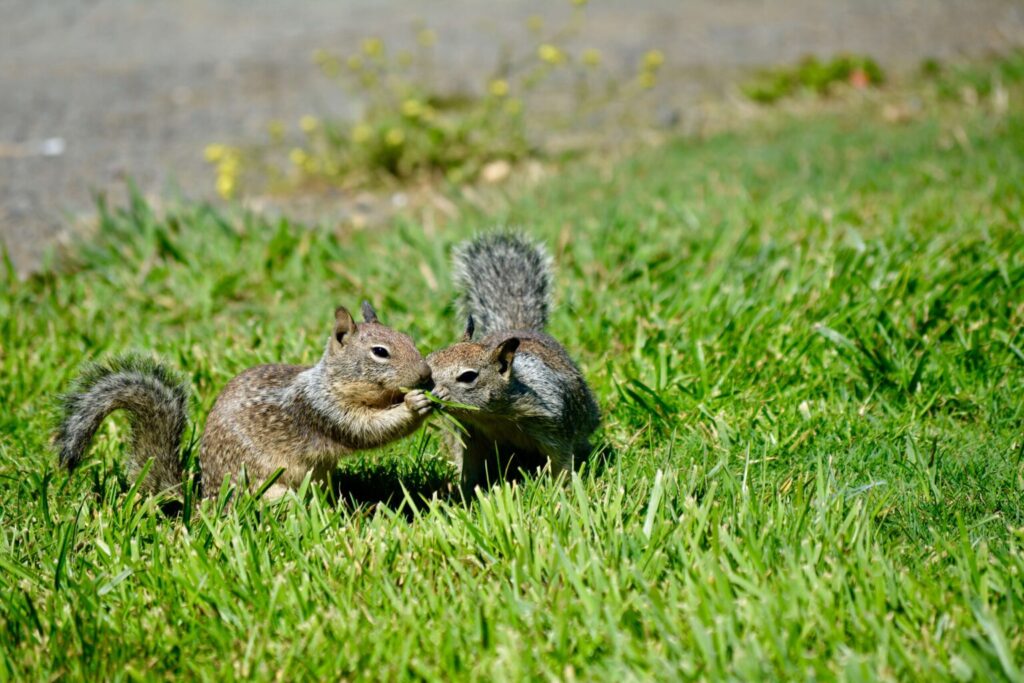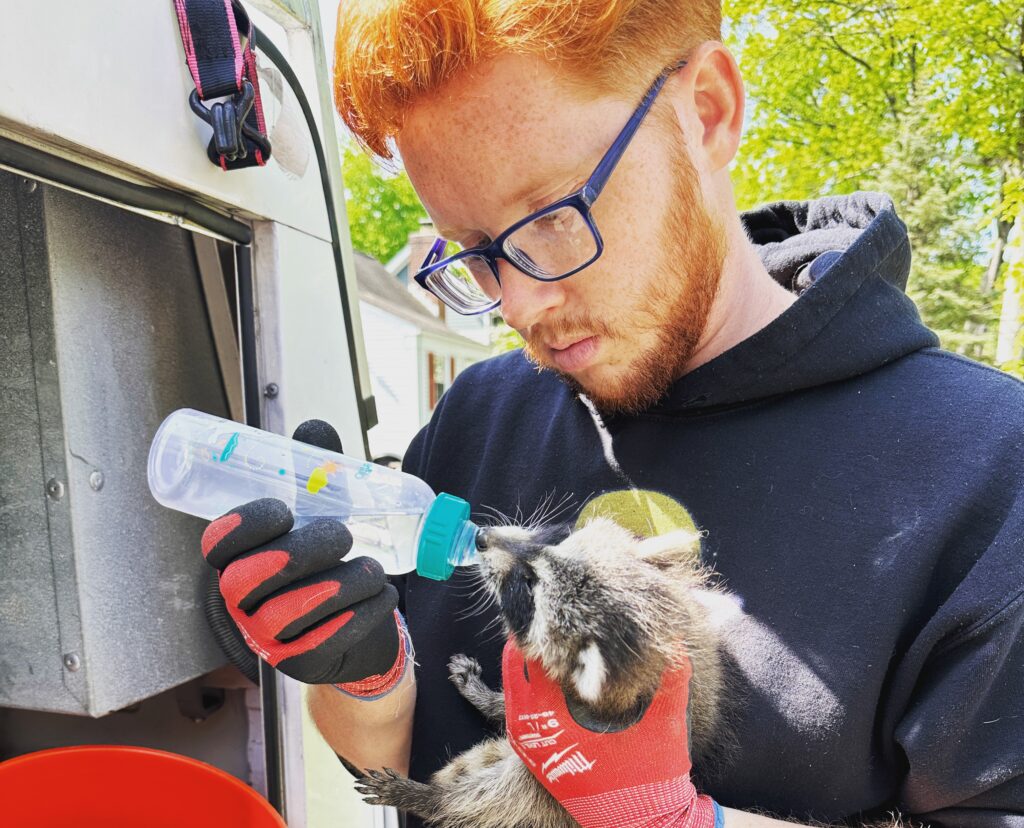Squirrel infestations can be more than just a nuisance—they often pose significant risks to your home and safety. Effective squirrel removal is crucial for preventing damage to property and avoiding health hazards associated with these pests. Squirrels, with their persistent gnawing and nesting behaviors, can compromise insulation, chew through wiring, and create unsightly messes. Their ability to enter homes through small gaps and openings makes them particularly challenging to manage.
Addressing a squirrel problem early on with the right strategies can save homeowners from costly repairs and ensure a safe living environment. In this article, we will delve into the most effective squirrel removal strategies tailored for homeowners. By understanding squirrel behavior, conducting thorough inspections, and employing proven removal techniques, you can achieve the ultimate peace of mind and maintain the integrity of your home.
Key Takeaways
- Effective squirrel removal starts with sealing entry points.
- Use traps or repellents for successful squirrel removal.
- Repair damage and clean thoroughly after squirrel removal.
- Remove attractants to support long-term squirrel removal.
- For complex issues, professional squirrel removal ensures safety.
Understanding Squirrel Behavior
To effectively manage a squirrel problem, it’s essential to understand squirrel behavior. Squirrels are notorious for their resourcefulness and persistence, often entering homes through surprisingly small gaps. They typically seek shelter in attics or crawl spaces, where they can build nests and remain undisturbed. These areas are particularly attractive because they offer warmth and protection. Squirrels are also known for their gnawing habits, which they use to sharpen their teeth and gain access to food or nesting sites.
This behavior can lead to significant damage, such as chewed wiring or compromised insulation. Understanding these patterns is key to successful squirrel removal. By recognizing their entry points and nesting preferences, homeowners can implement more effective strategies to prevent and address infestations. Delving into these behaviors not only aids in removing squirrels but also helps in creating a robust prevention plan to keep your home safe and squirrel-free.
Initial Inspection and Assessment
A thorough initial inspection is a critical first step in any effective squirrel removal strategy. Begin by examining your home’s exterior for signs of squirrel activity, such as gnawed wood or chewed wires. Look for entry points like gaps in soffits, vents, or rooflines, which squirrels can easily exploit. Inside the home, check attics, crawl spaces, and other secluded areas for nests or droppings. These signs indicate where squirrels might be nesting and can help pinpoint their entry routes.
Assess the extent of any damage caused by the squirrels, as this will guide your removal approach and repair needs. Identifying these issues early on not only helps in selecting the most appropriate removal methods but also ensures that your home is thoroughly secured against future invasions. This comprehensive assessment is crucial for effective squirrel removal and for preventing further damage.

Preventive Measures
Preventive measures play a pivotal role in ensuring effective squirrel removal and safeguarding your home from future infestations. One of the first steps is to thoroughly secure any potential entry points. This involves inspecting the exterior of your home for gaps, cracks, or holes, particularly around the roofline, vents, and chimneys, and sealing them with materials that squirrels cannot chew through, such as metal mesh or heavy-duty caulk.
It’s crucial to remove any attractants that might lure squirrels into your vicinity. This means securing trash cans with tight-fitting lids, keeping pet food indoors, and clearing away any birdseed or other food sources from around your property. By addressing these preventive measures, you not only facilitate effective squirrel removal but also create an environment less appealing to these persistent rodents. Implementing these strategies will help in maintaining a squirrel-free home and reduce the risk of future invasions.
Effective Squirrel Removal Strategies
When dealing with a squirrel infestation, employing effective squirrel removal strategies is essential for resolving the issue and preventing future problems. One of the most common and humane methods is trapping. Live traps can be used to capture squirrels without harming them, allowing for their relocation away from your property. It is important to place these traps in areas where squirrel activity is evident and to use appropriate bait, such as nuts or seeds, to attract them. In addition to trapping, repellents can also play a role in squirrel removal.
There are various types of repellents available, including natural options like peppermint oil and commercial products designed to deter squirrels through scent or taste aversion. For more severe infestations, consulting a professional squirrel removal service might be necessary. Professionals have access to advanced techniques and equipment, and they can ensure that the removal is handled safely and effectively. By combining these strategies, homeowners can achieve comprehensive squirrel removal and protect their homes from future invasions.
Post-Removal Measures
Once the squirrel removal process is complete, addressing post-removal measures is crucial for ensuring that your home remains secure and free from future infestations. Begin by repairing any damage caused by the squirrels during their stay. This includes fixing chewed wiring, replacing damaged insulation, and sealing any entry points that the squirrels used to gain access to your home. Proper repairs not only restore the integrity of your home but also help prevent other pests from entering.
It is important to conduct a thorough cleaning of areas where squirrels have nested or left droppings, as this can prevent health risks associated with their presence. Sanitizing these areas reduces the likelihood of disease and odor issues. Implementing ongoing preventive measures, such as maintaining exterior seals and removing potential food sources, will further support effective squirrel removal and contribute to a lasting solution.
FAQs
How can I tell if I have a squirrel problem in my home?
Signs of a squirrel infestation include hearing scratching or scurrying noises in the attic or walls, finding nests made of leaves and insulation, and noticing chewed wires or damaged insulation. You might also see squirrel droppings or notice food and nesting materials in areas where they shouldn’t be.
What are the best methods for squirrel removal?
Effective squirrel removal methods include using live traps to capture and relocate the animals, employing repellents like peppermint oil or commercial products, and sealing entry points to prevent reentry. For severe infestations, professional squirrel removal services can provide advanced solutions and ensure a thorough approach.
How do I prevent squirrels from entering my home in the future?
To prevent future infestations, secure all potential entry points, such as gaps in the roofline, vents, and soffits. Remove attractants like pet food and birdseed from around your home, and keep trash cans tightly sealed. Regular inspections and maintenance can also help keep squirrels at bay.
What should I do after the squirrels have been removed?
After removal, repair any damage caused by the squirrels, such as chewed wiring or damaged insulation. Thoroughly clean areas where squirrels nested or left droppings to prevent health risks. Ensure all entry points are properly sealed and implement preventive measures to avoid future infestations.
When should I call a professional for squirrel removal?
Call a professional if the infestation is severe, if you’re unable to locate or access entry points, or if you need advanced techniques and equipment for effective removal. Professionals can provide a comprehensive assessment, ensure safe and humane removal, and offer long-term prevention strategies.
Conclusion
In conclusion, effective squirrel removal is essential for maintaining a safe and secure home environment. By understanding squirrel behavior, conducting a thorough inspection, and implementing targeted removal strategies, homeowners can address infestations effectively and prevent future issues. Ensuring that preventive measures are in place, such as sealing entry points and removing attractants, will further support a lasting solution. Post-removal, it is crucial to repair any damage and clean affected areas to avoid health risks and reinforce your home’s defenses against future invaders.
For comprehensive assistance and expert guidance in squirrel removal, don’t hesitate to call Kritter Catchers at (973) 747-5455. Their professional team is ready to help you with effective solutions tailored to your needs, ensuring that your home remains squirrel-free and protected.


